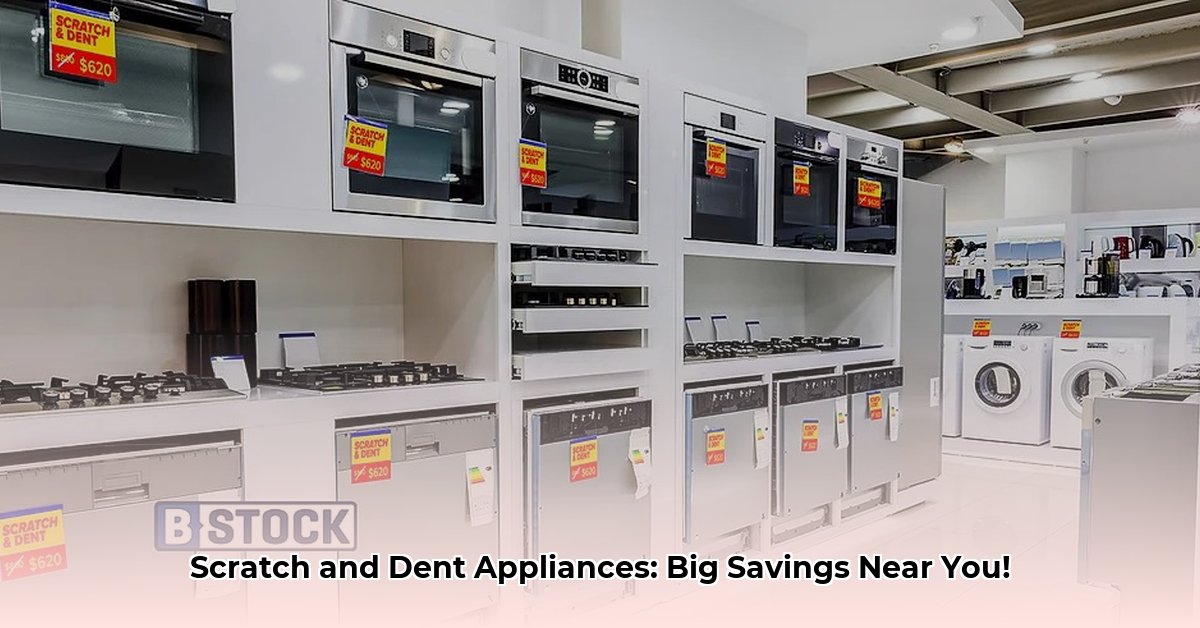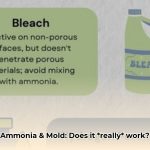What Are Dent and Ding Appliances?
“Dent and ding” (also known as “scratch and dent”) appliances are new units with minor cosmetic imperfections—a small dent, a scratch, or a chipped finish. These blemishes occur during manufacturing, shipping, or storage, and while they don’t affect the appliance’s functionality, they render them unsuitable for sale at full price. This presents an opportunity for savvy shoppers to acquire perfectly functional appliances at a significant discount.
Where to Find Dent and Ding Appliances
Finding these deals requires a bit of a treasure hunt, but the potential savings are worth the effort. Likely places to find dent and ding appliances include:
- Local Appliance Outlet Stores: These stores specialize in discounted appliances, often carrying a wide selection of dent and ding models.
- Big Box Retailer Clearance Sections: Check the clearance areas of stores like Home Depot, Lowe’s, and Best Buy. You might be surprised by what you find tucked away.
- Online Marketplaces: Sites like Facebook Marketplace, Craigslist, and OfferUp can be good resources, but proceed with caution. Inspect the appliance in person before purchasing.
- Independent Appliance Stores: Local appliance stores may have a dedicated “scratch and dent” section or offer occasional deals on slightly imperfect models.
- Manufacturer Outlet Stores: Some manufacturers operate their own outlet stores or online clearance sections where you can find dent and ding appliances directly from the source. Examples include GE Appliances Outlet and Whirlpool Outlet.
- Scratch and Dent Retailers: Certain retailers specialize specifically in selling scratch and dent appliances like American Freight. These offer a focused selection and often deeper discounts.
Types of Dent and Ding Appliances Available
You can probably find a dent and ding version of almost any appliance. Common types include:
- Refrigerators
- Washing Machines
- Dryers
- Dishwashers
- Ovens/Ranges
- Microwaves
- Range Hoods
Potential Savings
The potential savings on dent and ding appliances can be substantial, typically ranging from 20% to 50% or more off the original retail price. The exact discount varies depending on the extent of the cosmetic damage and the retailer’s pricing.
Inspecting a Dent and Ding Appliance
Before purchasing, inspect the appliance carefully. This is crucial to ensuring your satisfaction.
- Examine the Exterior: Carefully note the location, size, and type of imperfection. Is it a minor scratch, a small dent, or something more significant? Take photos for your records.
- Test Functionality: Test all functions thoroughly. If possible, plug the appliance in and run it through its paces. Check for unusual noises, vibrations, or other performance issues.
- Inspect the Interior: Open all doors, drawers, and compartments to look for internal damage or missing parts. Ensure racks, shelves, and other components are secure and undamaged.
- Inquire About the Warranty: Dent and ding appliances might come with a shorter warranty or none at all. Clarify the warranty terms before purchasing. Some manufacturers may not honor warranties on these discounted models.
- Review the Return Policy: Understand the store’s return policy. Can you return the appliance if there is a problem? What are the return conditions and timeframe? Some stores might have stricter return policies for these appliances.
Pros and Cons of Buying Dent and Ding Appliances
| Pros | Cons |
|---|---|
| Significant cost savings | Potentially shorter or no warranty |
| Same functionality as new appliances | Cosmetic imperfections |
| Environmentally friendly (reduces waste) | Limited and unpredictable selection and availability |
| Potential for excellent deals | Requires thorough pre-purchase inspection |
Is a Dent and Ding Appliance Right for You?
Dent and ding appliances are a good option for budget-conscious shoppers who prioritize function over aesthetics. If you’re willing to overlook minor cosmetic blemishes in exchange for potentially significant savings, then a dent and ding appliance might be the perfect solution. However, if you value pristine appearance or prefer a comprehensive warranty, buying new might be a better choice. Some research suggests that consumer satisfaction with dent and ding appliances is high among those who prioritize value, while others find the imperfections to be a significant drawback.
Purchasing a Dent and Ding Appliance
Once you’ve found a suitable appliance and inspected it thoroughly, here’s how to proceed:
- Negotiate (Potentially): Depending on the retailer and the specific appliance, there might be room for negotiation. Politely inquire about the possibility of a further discount, especially if the cosmetic damage is more significant.
- Confirm Payment Options: Ensure the retailer accepts your preferred payment method.
- Arrange Delivery and/or Installation: Determine delivery costs and options. Some retailers offer installation services, while others do not. If you opt for self-installation, ensure you have the necessary tools and expertise.
- Finalize the Purchase: Once you’re satisfied with the price, warranty, return policy, and delivery arrangements, finalize the purchase and receive your discounted appliance.
By following these guidelines, you can navigate the world of dent and ding appliances and potentially score a great deal on a functional and reliable appliance. Remember to be patient, thorough, and informed throughout the process, and you may just find the perfect (slightly imperfect) appliance for your needs.
- Does Ammonia Kill Mold? The Truth About Using It for Removal - April 15, 2025
- Does Bleach Kill Spiders? Effectiveness, Safety, and Better Alternatives - April 15, 2025
- Does Soap Expire? How to Tell if Your Soap Has Gone Bad - April 15, 2025










